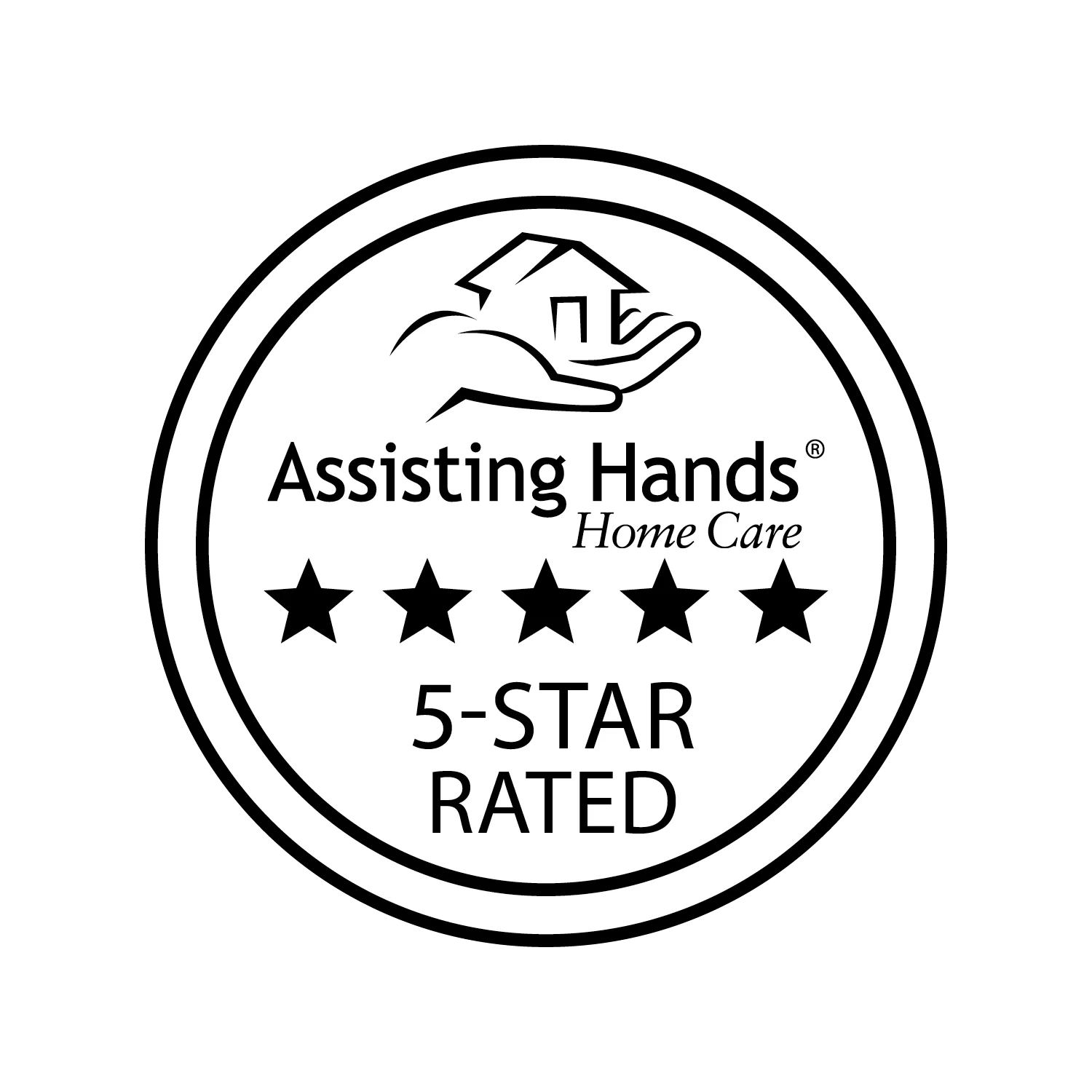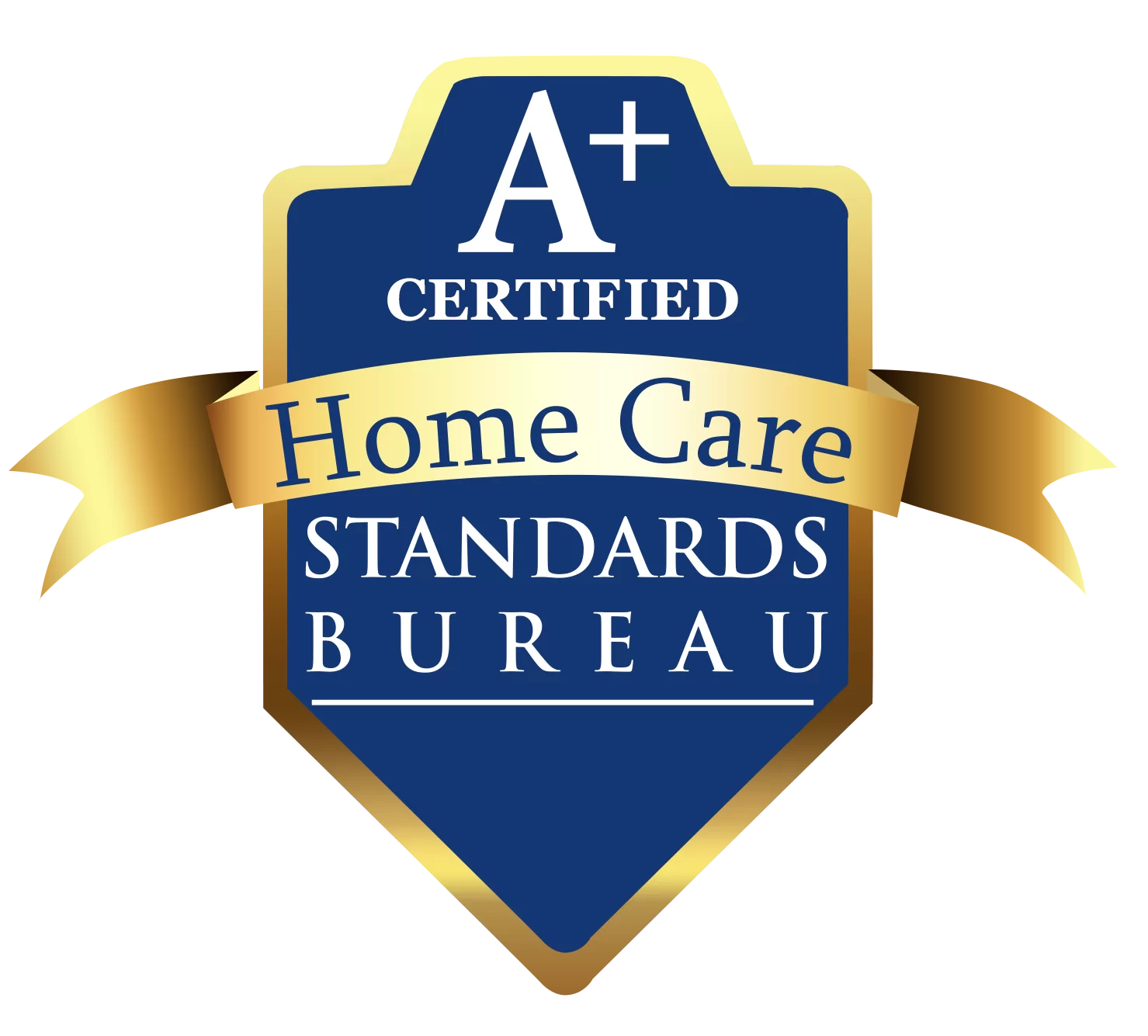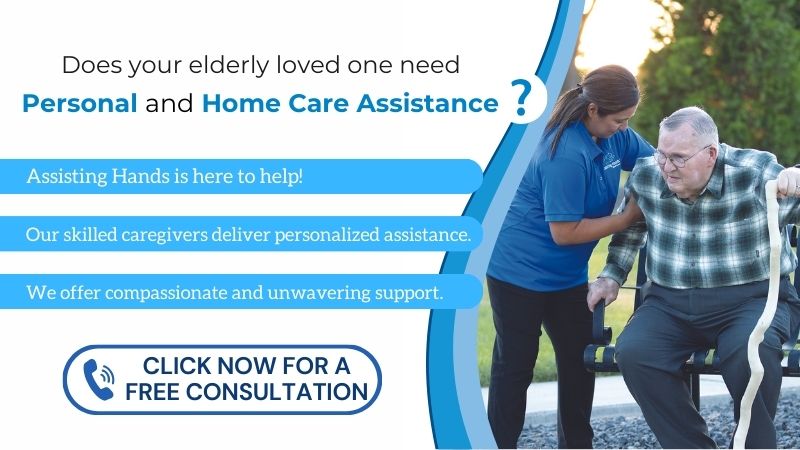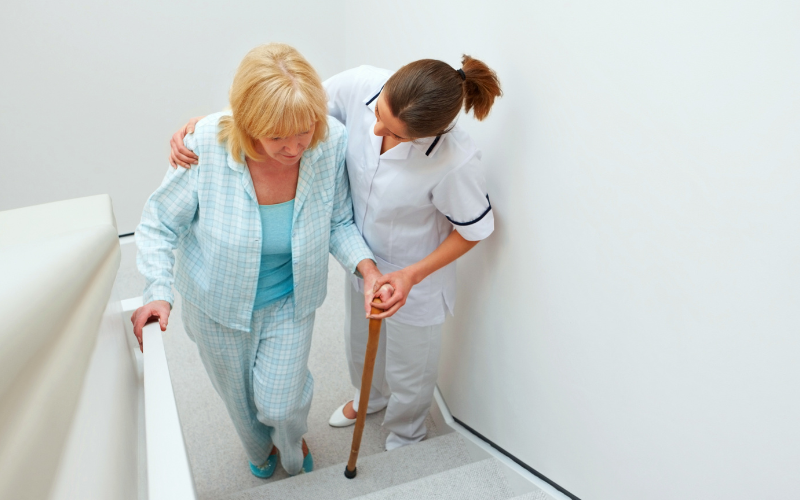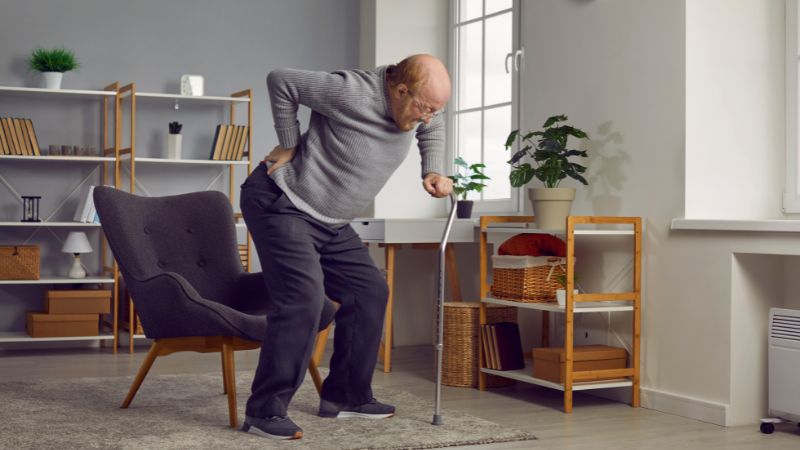
Lower back pain is a common and often debilitating issue among the elderly, affecting millions of seniors each year. While it’s easy to chalk it up to the natural aging process, the truth is that many factors contribute to the onset of this condition. From age-related changes in the spine to lifestyle factors and underlying health conditions, lower back pain can vary widely in its cause and intensity. For seniors, it’s not just about discomfort—untreated back pain can interfere with daily activities, limit mobility, and negatively impact overall quality of life.
However, the good news is that there are numerous ways to manage and alleviate lower back pain, ranging from simple lifestyle adjustments to more targeted treatments. In this blog, we’ll dive into the common causes of lower back pain in older adults, followed by practical strategies that can help reduce pain and promote long-term back health. Whether you’re dealing with chronic pain yourself or caring for an elderly loved one, understanding these causes and solutions will help you take the first steps toward feeling better.
Common Causes of Lower Back Pain in the Elderly
Over time, our bodies experience numerous changes, with the lower back being especially vulnerable. Common causes of lower back pain in seniors include:
- Degenerative Disc Disease: Over time, the discs between the vertebrae in the spine can wear down. This condition, known as degenerative disc disease, can lead to pain and stiffness as the discs lose their ability to cushion the bones and absorb shock.
- Osteoarthritis: The cartilage in the joints of the spine can deteriorate due to osteoarthritis, leading to pain, inflammation, and stiffness in the lower back. This condition is common in older adults and can result in significant discomfort.
- Muscle Strain: Everyday activities like bending, lifting, or even twisting can strain the muscles and ligaments in the lower back, leading to discomfort or injury. These strains are often aggravated by weak muscles or poor posture.
- Scoliosis: Scoliosis, a condition characterized by an abnormal lateral curvature of the spine, can worsen with age. This curvature can lead to uneven pressure on the spine, resulting in chronic lower back pain and discomfort.
- Spondylolisthesis: This occurs when one vertebra slips out of place and onto the one below it. It’s more common in older adults and can cause back pain and, in severe cases, nerve compression.
- Osteoporosis: Brittle bones from osteoporosis can lead to fractures in the spine, particularly in the vertebrae. These fractures can cause intense back pain and limit movement.
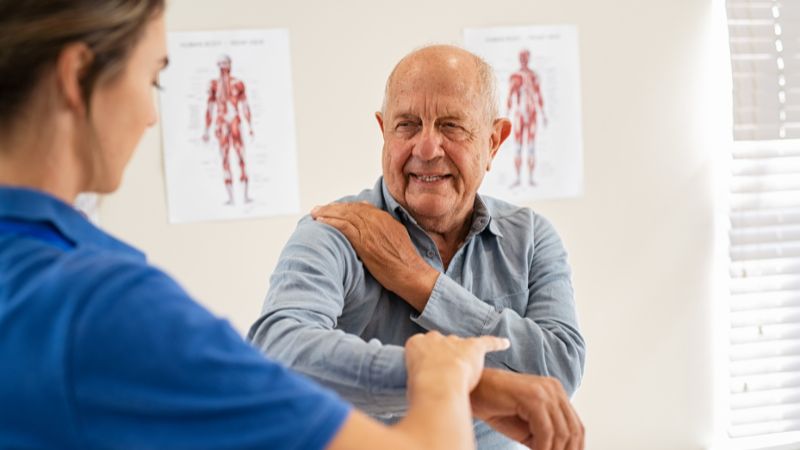
- Postural Issues: Over time, poor posture, especially when sitting or standing for long periods, can place excessive strain on the lower back muscles, leading to pain and discomfort. Slouching, for example, can misalign the spine, contributing to back pain.
- Previous Injuries or Accidents: Seniors who have suffered past injuries or accidents, such as falls, may experience lingering back pain as a result of scarring, weakened muscles, or previous misalignments in the spine.
How to Manage Lower Back Pain in the Elderly?
Here are some expert tips and treatments that can help your elderly parent recover from lower back pain.
1. Exercise and Stretching: Moving Toward Relief
Even though it may seem counterintuitive to exercise when experiencing back pain, gentle movement is one of the most effective ways to reduce discomfort and prevent further injury. Regular exercise helps strengthen the muscles around the spine, improves flexibility, and boosts overall mobility.
Low-Impact Activities:
Walking, swimming, and stationary cycling are excellent choices for seniors. These activities provide cardiovascular benefits while minimizing strain on the joints and lower back. Even short walks around the house or garden can help keep the muscles active and improve circulation.
Stretching for Flexibility
Incorporating gentle stretching exercises into your daily routine can ease tension in the muscles and improve flexibility. Simple stretches like “child’s pose” or “cat-cow” stretches from yoga can relieve tightness in the lower back and help restore range of motion.
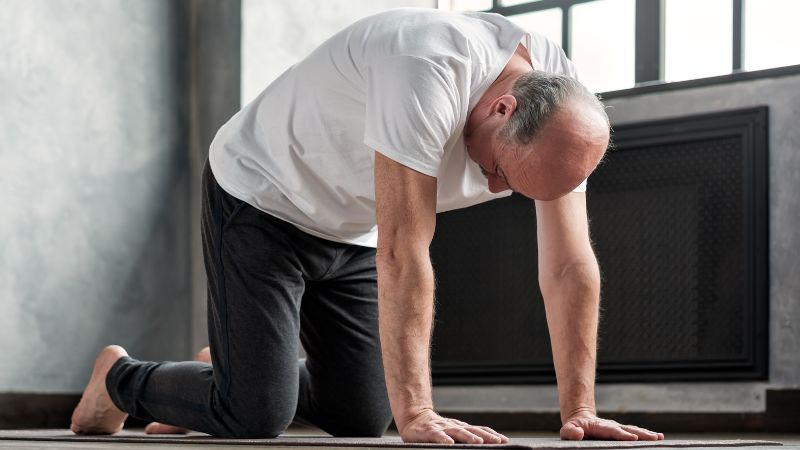
Strengthening the Core
A strong core is essential for supporting the spine. Low-impact exercises, such as pelvic tilts, bridges, and leg raises, help target the abdominal and back muscles, reducing the strain on the lower back.
2. Maintaining Good Posture: The Foundation of Back Health
Maintaining good posture is crucial for preventing and alleviating lower back pain. When we slouch or hunch over, it puts excessive strain on the spine and its supporting muscles. The more consistently we maintain proper posture, the less likely we are to experience pain.
Standing Tall
Always aim to stand with your shoulders back, chest lifted, and knees slightly bent. Avoid locking your knees or leaning forward when standing. This position will help maintain the natural curve of the spine and reduce pressure on the lower back.
Sitting with Support
When sitting, ensure that your feet are flat on the floor, and your knees are at a 90-degree angle. Using a lumbar roll or cushion for additional lower back support can help maintain the proper curve of the spine and prevent slouching.
Lifting Safely
When lifting objects, always bend at the knees and keep the object close to your body. Avoid twisting your back or lifting from a standing position, as these movements can strain the lower back muscles.
3. Heat and Cold Therapy: Simple and Effective Relief
Heat and cold therapies can provide immediate relief for acute or chronic lower back pain, helping to reduce inflammation and soothe tense muscles.
Cold Therapy
In the case of recent injury or inflammation, applying a cold pack or ice wrapped in a towel can numb the area and reduce swelling. Apply it for 20 minutes at a time during the first 48 hours after an injury.
Heat Therapy
Once the initial swelling has gone down, heat therapy can help relax tight muscles and promote blood flow to the affected area. A warm bath, heating pad, or warm compress can provide soothing relief.
4. Massage To Ease Muscle Tension
Massage therapy can be a great option for relieving muscle tension in the lower back. By stimulating blood flow and loosening tight muscles, a professional massage can help reduce pain and improve flexibility.
Swedish Massage
This gentle form of massage uses long, smooth strokes to increase circulation and ease tension in the muscles. It’s an excellent option for those with chronic pain or stiffness in the lower back.
Trigger Point Therapy
For more localized pain, trigger point therapy targets specific areas of muscle tightness or “knots.” A massage therapist can apply pressure to these points to release the tension and reduce discomfort.
5. Weight Management: Reducing Strain on the Spine
Excess weight, especially around the abdomen, can put added pressure on the spine, contributing to back pain. Maintaining a healthy weight through a balanced diet and regular exercise can significantly reduce the strain on your back.
Balanced Nutrition
Eating a diet rich in anti-inflammatory foods, such as fatty fish, leafy greens, and nuts, can support overall joint and spine health. It’s important to also focus on portion control and avoid overeating, which can contribute to excess weight.
Exercise for Weight Loss
Combining low-impact exercises with strength training and stretching can help you maintain or lose weight. A healthy weight reduces the amount of pressure placed on the spine, decreasing the likelihood of pain.
6. Pain Management and Medication
When back pain becomes severe or chronic, medication may be necessary. However, it’s important to consult with a healthcare provider before starting any new treatment plan.
Nonsteroidal anti-inflammatory drugs (NSAIDs), like ibuprofen or acetaminophen, can help relieve pain and inflammation. Always follow the recommended dosage and speak to a doctor if you have any underlying health conditions. For more intense pain, stronger medications, including muscle relaxants or topical creams, may be prescribed.




